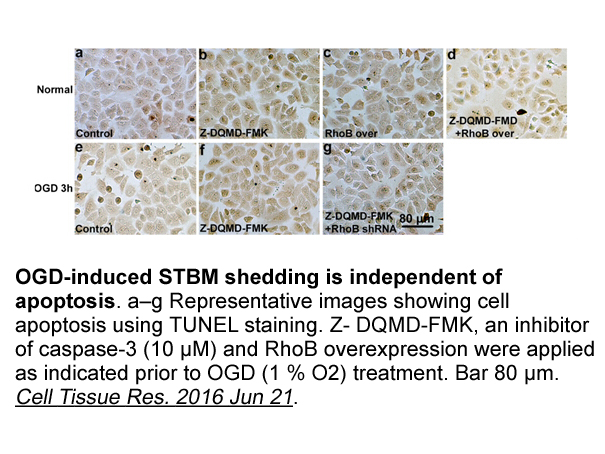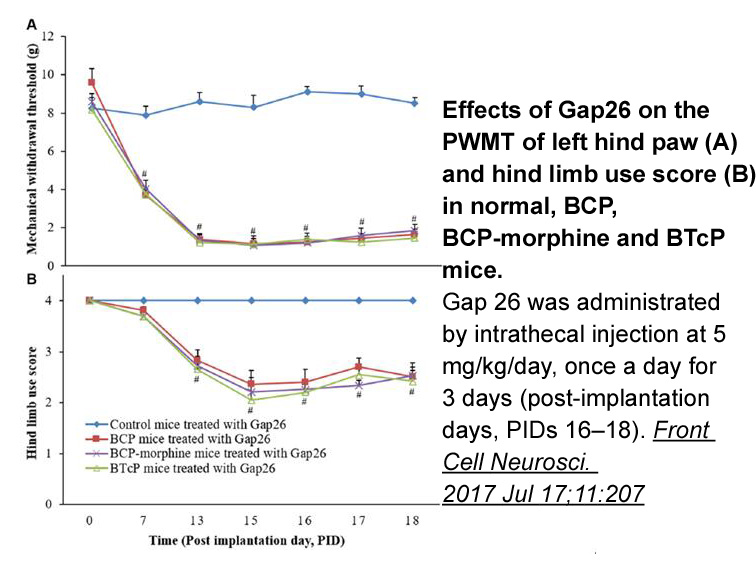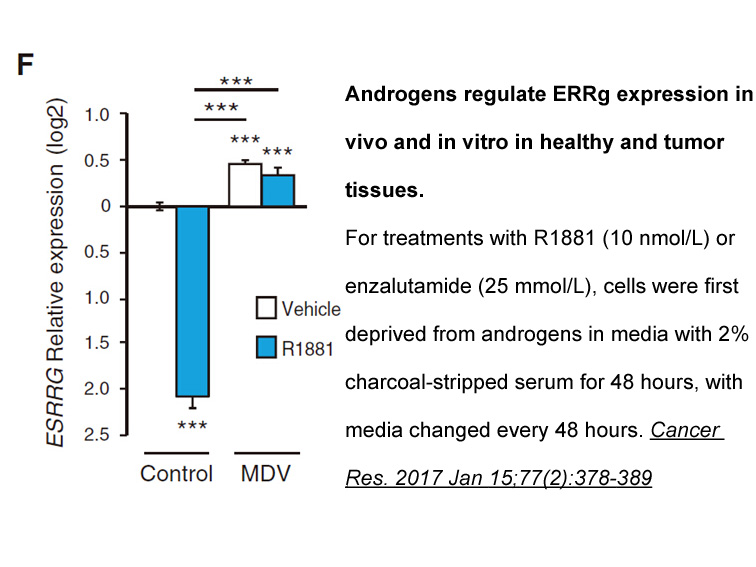Archives
- 2025-11
- 2025-10
- 2025-09
- 2025-03
- 2025-02
- 2025-01
- 2024-12
- 2024-11
- 2024-10
- 2024-09
- 2024-08
- 2024-07
- 2024-06
- 2024-05
- 2024-04
- 2024-03
- 2024-02
- 2024-01
- 2023-12
- 2023-11
- 2023-10
- 2023-09
- 2023-08
- 2023-07
- 2023-06
- 2023-05
- 2023-04
- 2023-03
- 2023-02
- 2023-01
- 2022-12
- 2022-11
- 2022-10
- 2022-09
- 2022-08
- 2022-07
- 2022-06
- 2022-05
- 2022-04
- 2022-03
- 2022-02
- 2022-01
- 2021-12
- 2021-11
- 2021-10
- 2021-09
- 2021-08
- 2021-07
- 2021-06
- 2021-05
- 2021-04
- 2021-03
- 2021-02
- 2021-01
- 2020-12
- 2020-11
- 2020-10
- 2020-09
- 2020-08
- 2020-07
- 2020-06
- 2020-05
- 2020-04
- 2020-03
- 2020-02
- 2020-01
- 2019-12
- 2019-11
- 2019-10
- 2019-09
- 2019-08
- 2018-07
-
In addition to peroxyl radicals the most found radical
2025-02-18

In addition to peroxyl radicals, the most found radical forms in biological systems, some of assays took into account other free radicals such as superoxide anion, hydroxyl, hydrogen peroxide, singlet oxygen and peroxynitrite. ORAC procedure was also modified using different radical sources such as
-
CPI-203 br Experimental procedures br Results br
2025-02-18

Experimental procedures Results Discussion Our biophysical and cellular analyses of mutant Aβ1–42 peptides support a role of the N-terminus of Aβ in peptide aggregation and toxicity. We demonstrate that double mutations constructed to humanize the rodent Aβ1–42 sequence result in a signific
-
br Experimental Procedures br Acknowledgments br Introductio
2025-02-18

Experimental Procedures Acknowledgments Introduction Cellular and molecular mechanisms underlying synaptic plasticity in the 3-Bromopyruvic acid are thought to be involved in memory acquisition. Synaptic plasticity is categorised into two main types, long-term depression (LTD) and long-ter
-
A straightforward synthetic pathway was adopted to synthesiz
2025-02-17

A straightforward synthetic pathway was adopted to synthesize the target compounds as outlined in . The starting chloromethylquinazolinones (–) were synthesized from anthranilic Rilmenidine hemifumarate in two steps following reported procedures., , , The first step involves chloroacetylation of ant
-
Despite extensive studies on the expression of
2025-02-17

Despite extensive studies on the expression of T. pallidum-induced pro-inflammatory cytokines, very little is known about T. pallidum-mediated intracellular signaling pathway activation, that leads to cytokine expression in macrophages. A network of signaling molecules, transcription factors, epigen
-
To further clarify the vascular cell types expressing
2025-02-17

To further clarify the vascular cell types expressing AR subtypes, double immunofluorescence staining for ARs and vascular endothelial 3146 or vascular smooth muscles was performed. As shown in Fig. 3, Fig. 4, overlay images show the expression of all ARs subtypes that we examined in vascular endot
-
Numerous studies have reported high glutamate
2025-02-17

Numerous studies have reported high glutamate levels in the brains of patients with depression, indicating that the glutamate system plays a crucial role in depression (Sanacora et al., 2004; Kendell et al., 2005; Hashimoto et al., 2007). Furthermore, several clinically effective antidepressant drug
-
Beside activation of adenosine receptors A
2025-02-17

Beside activation of adenosine receptors (A2a.1, A2a.2, A2b) by FSK treatment, the expression of adenosine receptors was also upregulated, when embryos were exposed to inhibitors (SU5416 and DAPT) alone and also combined with FSK. Our data imply that adenosine receptor was associated with a positiv
-
br Introduction Adenosine deaminase ADA which can catalyze t
2025-02-17

Introduction Adenosine deaminase (ADA), which can catalyze the conversion of AD to inosine by removing an amino group, is a key hydrolytic enzyme of purine metabolism (Conway and Cooke, 1939), and plays an important role in an amount of diseases. For example, an increase of ADA activity in serum
-
At the last follow up nine
2025-02-17

At the last follow-up, nine patients had discontinued pyridostigmine within the first year postoperatively. Only one patient required pyridostigmine at a higher dose, but this was accompanied by successful weaning of prednisolone. None of the 5 patients who were on pyridostigmine treatment alone pri
-
In this study we make the
2025-02-17

In this study, we make the first simultaneous recordings of NVP-BHG712 receptor release in multiple brain regions at a temporal resolution less than 1 s. One of the most striking findings is that acetylcholine release has a remarkably similar temporal profile in the mPFC and dHPC, suggesting a coor
-
NSAIDs induce gastrointestinal toxicity and evoke
2025-02-17

NSAIDs induce gastrointestinal toxicity and evoke CCT251545 analogue mg by decreasing the production of gastroprotective prostanoids and by redirecting the COX substrate AA into LT biosynthesis, thereby causing vasoconstriction in gastric mucosa and airways (Celotti and Laufer, 2001; Koeberle and We
-
Whereas more research is needed to identify the precise mech
2025-02-17

Whereas more research is needed to identify the precise mechanism by which FIN exerts its antidyskinetic effect, the Disuflo Cy5 azide that it can negatively modulate dopaminergic transmission is also supported by our previous findings. Indeed, we have previously shown that FIN completely reversed
-
br Discussion The measurement of gonadotropins FSH LH
2025-02-17

Discussion The measurement of reserpina (FSH, LH) is critical in the evaluation and assessment of 46,XX females presenting with primary amenorrhea and lack of pubertal development. A serum level of FSH higher than 40 U/L is diagnostic of ovarian failure (6), as seen in the present case. The most
-
The present study indicates elevated ATX
2025-02-17

The present study indicates elevated ATX activity as a highly sensitive and specific biomarker to differentiate ICP from other pregnancy-related liver disorders or pruritic dermatoses. In QS 11 mg to the current gold standard for diagnosis, total fasting serum bile salt levels, ATX appeared as a ve
14332 records 13/956 page Previous Next First page 上5页 1112131415 下5页 Last page